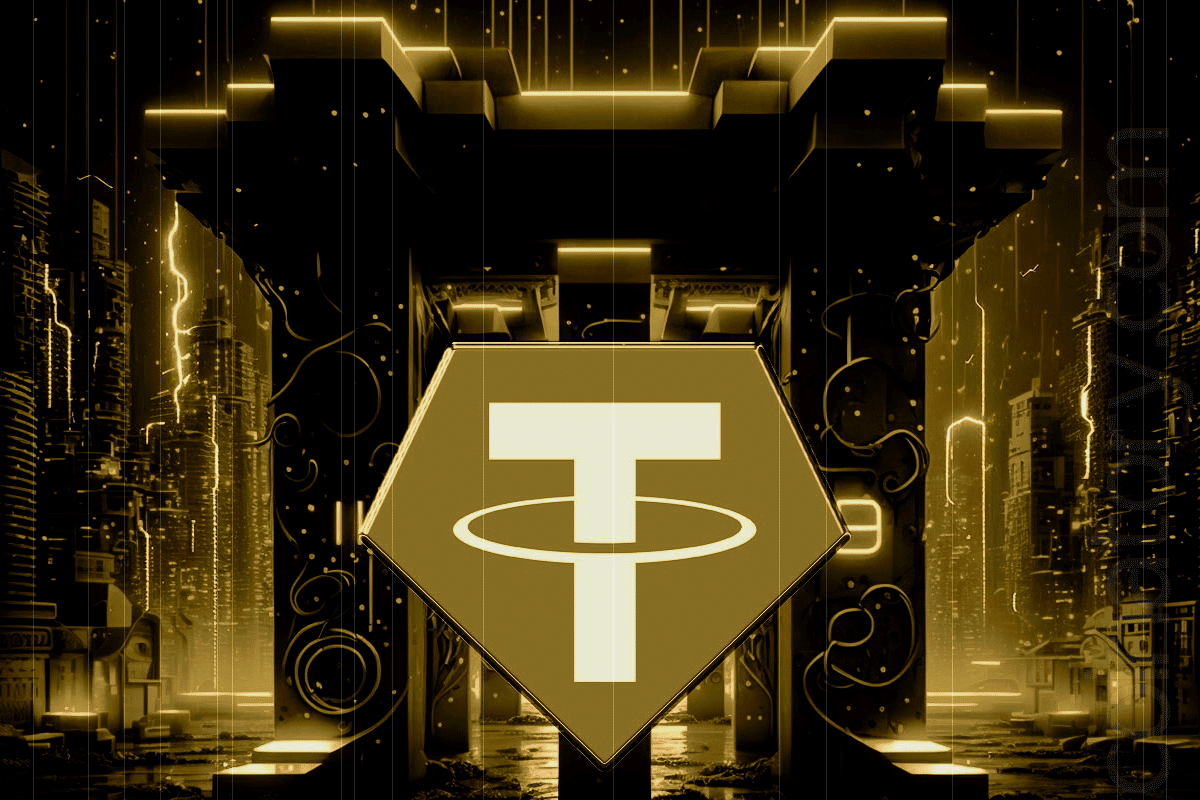
The rapid adoption of stablecoins in South Korea’s trade sector is significantly enhancing the country’s financial ecosystem, with Tether (USDT) on the Tron blockchain driving a substantial share of transactions.
Recent government data reveals that stablecoins now account for approximately 10% of domestic trade transactions. This shift is largely attributed to the efficiency and cost-effectiveness of stablecoins, especially for small traders and business owners who benefit from faster transaction times and minimal fees. The dominance of USDT, representing 72% of the stablecoin market in South Korea, is particularly pronounced on the Tron network, which has emerged as the preferred blockchain over Ethereum due to its speed and lower costs.
Tether and Tron: A Product-Market Fit
The preference for Tether on the Tron blockchain aligns with the financial needs of South Korea’s trade market. According to Ki Young Ju, a prominent crypto analyst, the market has opted for this combination primarily for its compatibility with high-volume, low-fee transactions. Transitioning from Ethereum to Tron for Tether transfers has been in motion since 2021, and by 2023, Tron-based USDT transactions became the majority, underlining the market’s gravitation toward cost-effective solutions.
Stablecoins Streamline Domestic Trade
Stablecoins are increasingly serving the Korean trade industry, exemplified by reports of traders receiving substantial fees—up to $1 million—in USDT, bypassing the need for traditional banking documentation and reducing processing times. An insider from the trade industry highlights that small traders find stablecoins advantageous due to limited access to corporate banking accounts tailored for cryptocurrency transactions in South Korea.
Shifts in Stablecoin Market Dynamics
From November 2023 to October 2024, market cap trends among leading stablecoins, including USDT, USDC, BUSD, DAI, and TUSD, have shown notable variations. Tether has maintained steady growth, reaching a market cap of over $120 billion by October 2024. Meanwhile, USDC, the second-largest stablecoin, has stabilized, showing a leveling off after significant early 2023 fluctuations. BUSD, however, has faced a sharp decline, likely due to increased regulatory pressures. Newer stablecoins like PayPal’s PYUSD have shown gradual growth, although their presence remains modest compared to established counterparts.
The Role of Regulation and Market Trends
While USDT and USDC continue to dominate, stablecoins like DAI and BUSD have experienced greater volatility, influenced by their DeFi integrations and regulatory landscapes. DAI’s market cap fluctuated during early and late 2024, likely tied to structural adjustments within the decentralized finance sector. In contrast, regulatory scrutiny has pressured BUSD, while emerging entrants like PYUSD navigate the market cautiously.
South Korea’s embrace of stablecoins, led by Tether on Tron, underscores a broader trend in global finance toward digital assets that offer efficiency, stability, and cost-effectiveness for businesses.







